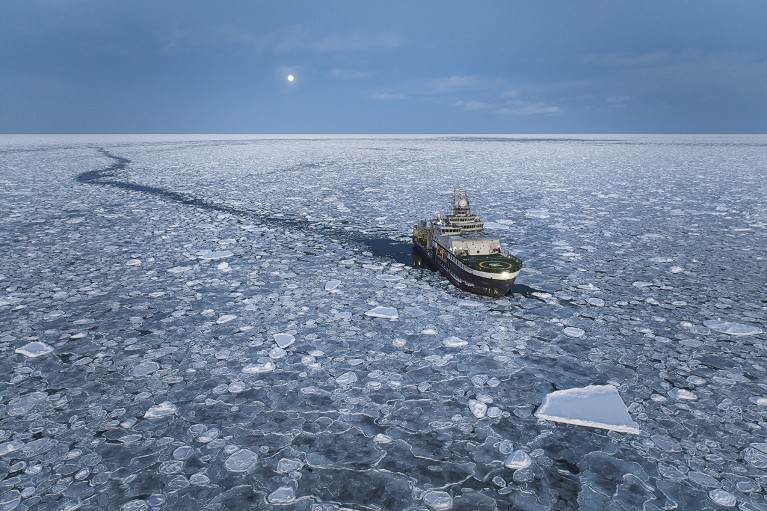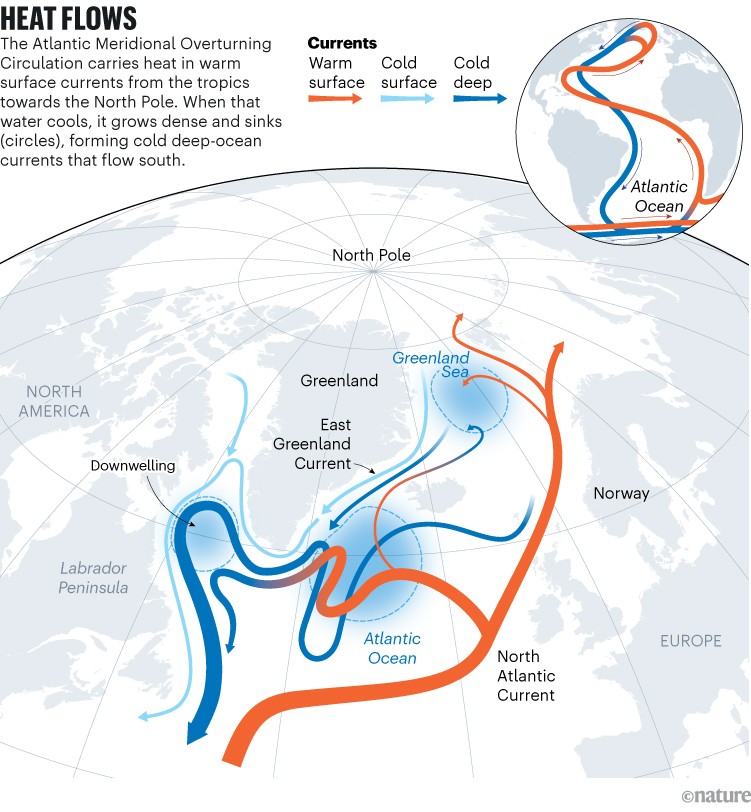You have full access to this article via your institution.
Hello Nature readers, would you like to get this Briefing in your inbox free every day? Sign up here.

The pangolin’s scales are sought as traditional medicine in Asia.Credit: Jen Guyton/Nature Picture Library/Alamy
Pangolins are among the world’s most trafficked animals, in part because their scales are used for traditional medicine in Asia. But in Nigeria — a global hub for the pangolin trade — most of the animals end up in the cooking pot, not the black market. Interviews with hundreds of hunters and meat vendors found that pangolin meat is considered exceptionally delicious. The findings suggest that conservationists should focus more on shifting local behaviours than cracking down on scale trafficking.
Reference: Nature Ecology & Evolution paper
In nurse sharks (Ginglymostoma cirratum), the pancreas works overtime: it serves as blood-sugar regulator, enzyme producer and an immune hub. Sharks lack lymph nodes, organs packed with immune cells that mammals use to filter harmful microbes from their bodies. To compensate, researchers found that nurse sharks use their pancreas to produce antibodies and develop useful immune cells. The findings should prompt researchers to investigate the organ as an immune hub in other animals, says immunologist Matthew Koci. “What parts of the immune system have we been blind to because we thought we’d found it all?”
Reference: The Journal of Immunology paper
Scientists have identified the first stable nitrogen molecule other than good old dinitrogen, which makes up most of Earth’s atmosphere. ‘Hexanitrogen’ has (you guessed it) six N atoms, but “it’s more like two times N3 than three times N2,” explains chemist Artur Mardyukov, who co-authored the research. This arrangement gives N6 a weak point in the middle, so it’s only stable when extremely cold. “This work is spectacular and, in my opinion, is worthy of a Nobel prize,” says chemist Karl Christe. But don’t ask for a flask of hexanitrogen in your Christmas stocking: when it does break down, it releases double the energy of HMX, the most powerful chemical explosive in the world.
Features & opinion

RV Kronprins Haakon drifts through ice floes off East Greenland early this year.Credit: Tim Kalvelage
Early this year, scientists made a rare winter excursion into the ice-covered waters of the Greenland Sea to capture crucial data about the planet’s future. They are investigating the Atlantic Meridional Overturning Circulation (AMOC), a network of currents that affects weather conditions for billions of people around the world. Scientists are increasingly concerned that climate change is pushing this crucial current system to a tipping point — and if that happens, temperatures in north-western Europe could drop by as much as 15 °C, plunging the region into a new ice age, while the southern hemisphere would suffer more severe warming and rainfall could be disrupted in the Amazon basin. “We are in this messy middle of trying to understand what is happening,” says physical oceanographer Susan Lozier.

Sources: S. Rahmstorf Oceanography 37, 16–29 (2024)/R. Curry and C. Mauritzen Science 308, 1772–1774 (2005)
The Federal Aviation Administration (FAA) says that US airports are badly understaffed — but there are reasons to question its assessment, argues economist Ashley Nunes. The FAA’s forecasts would result in a surplus of air-traffic controllers at certain times, says Nunes, and the mathematical model that the FAA uses has shortcomings in how it estimates task loads and staffing levels.
“Rigorous cancer-screening trials are expensive, time-consuming, methodologically thorny, and maddeningly uncertain,” writes oncologist Siddhartha Mukherjee. “They test not only the validity of our methods but the stamina of our convictions.” He calls out two ‘twin illusions’ that have have “misled cancer researchers for decades”: ‘lead-time bias’ — which inflates survival time by starting the clock earlier for those diagnosed earlier — and ‘length-time bias’, which “claims success by favouring tumors already predisposed to be less harmful”.
Today I’m gazing at a never-before-seen view — the Sun’s south pole. The European Space Agency just released spectacular images and videos captured by its Solar Orbiter spacecraft in March.
While I bask in the solar rays (yes, our heat wave continues), I hope you’ll send me your feedback on this newsletter. Your e-mails are always welcome at [email protected].
Thanks for reading,
Flora Graham, senior editor, Nature Briefing
With contributions by Jacob Smith and Felicity Nelson
• Nature Briefing: Careers — insights, advice and award-winning journalism to help you optimize your working life
• Nature Briefing: Microbiology — the most abundant living entities on our planet — microorganisms — and the role they play in health, the environment and food systems
• Nature Briefing: Anthropocene — climate change, biodiversity, sustainability and geoengineering
• Nature Briefing: AI & Robotics — 100% written by humans, of course
• Nature Briefing: Cancer — a weekly newsletter written with cancer researchers in mind
• Nature Briefing: Translational Research — covers biotechnology, drug discovery and pharma


